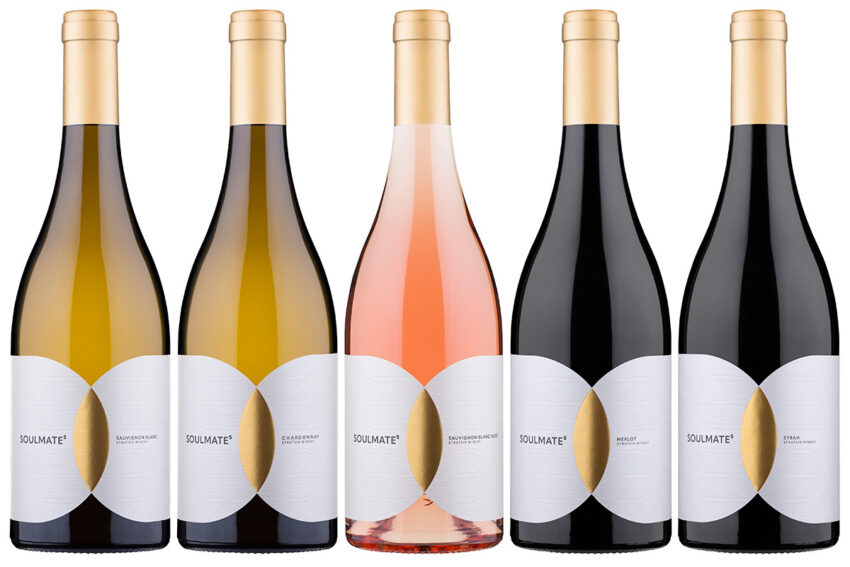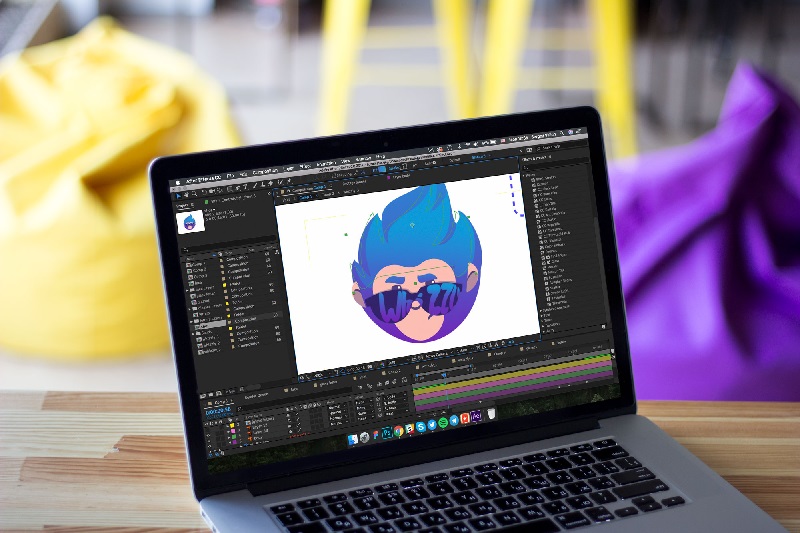Exploring the Vital Role of Paper Material in Wine Label Design

In the sophisticated world of winemaking and wine presentation, the selection of wine label paper plays a pivotal role in branding, aesthetics, and ultimately, consumer choice. This deep dive explores the importance of choosing the right paper material for wine labels, considering aspects such as durability, aesthetic appeal, and environmental impact, thereby providing invaluable insights for wineries, designers, and marketers alike.
The Impact of Label Material on Consumer Perception
First impressions are lasting, and in the wine industry, the label is often the first introduction a consumer has to a product. The tactile feel, visual appeal, and overall quality of the label can significantly influence purchasing decisions. High-quality paper materials convey a message of craftsmanship and prestige, key factors that align with the expectations of wine enthusiasts and collectors. As such, selecting an appropriate paper material is not merely a practical decision but a strategic marketing choice.
Choosing the Right Paper for Durability and Functionality
Durability is a critical consideration in the selection process. Wine bottles are subject to varying temperatures, moisture levels, and handling throughout their lifecycle—from storage and shipping to display and purchase. The chosen label material must withstand these conditions without deteriorating, ensuring that the label remains legible and visually appealing at the point of sale and beyond. Labels printed on high-quality paper that resists moisture and fading play a crucial role in maintaining brand image and product integrity.
Aesthetic Considerations in Wine Label Paper Selection
The aesthetic component of wine labels cannot be overstated. The texture, weight, and finish of the paper contribute to the overall design and can enhance the artwork and typography used on the label. Matte, gloss, and textured finishes offer different visual and tactile experiences, allowing brands to convey their unique story and character. The choice of paper can also reflect the winery’s commitment to sustainability, with recycled and eco-friendly options available that do not compromise on quality or appearance.
The Role of Technology in Wine Label Production
Advancements in printing technology have expanded the possibilities for wine label design, allowing for greater complexity and creativity. The use of wine label printer paper that is compatible with modern printing techniques is essential for achieving high-quality, intricate designs. Digital printing, for example, offers flexibility in color and design changes, making it suitable for limited editions or personalized labels. The choice of paper must align with the capabilities of these technologies to ensure the highest quality finish.
Sustainability in Wine Label Paper Choices
Environmental considerations are increasingly influencing consumer choices, and the wine industry is no exception. Sustainable label materials, such as recycled paper or paper sourced from certified forests, are becoming more popular. These materials not only reduce the environmental footprint of wine production but also resonate with eco-conscious consumers. Selecting sustainable paper options demonstrates a winery’s commitment to environmental stewardship, an attribute that can enhance brand image and appeal to a broader audience.
Regulatory Considerations and Compliance
Wine labeling is subject to various regulations that vary by region, including information that must be present on the label and how it is displayed. The paper material chosen must be suitable for printing the required information in a legible and durable manner. Compliance with these regulations is paramount to ensure that the wine can be sold in its intended markets without legal issues. This underscores the importance of selecting label materials that not only meet aesthetic and durability requirements but also regulatory standards.
Customization and Personalization Opportunities
The trend towards customization and personalization in wine labeling is on the rise. Consumers appreciate unique and personalized touches, whether for special occasions, gifts, or limited edition collections. The flexibility of modern printing techniques on quality paper materials allows wineries to offer these options, enhancing consumer engagement and loyalty. Such initiatives require a thoughtful selection of paper that supports customization while maintaining the integrity and appeal of the label design.
Conclusion: A Strategic Approach to Wine Label Paper Selection
The choice of paper material for wine labels is a multifaceted decision that influences brand perception, consumer appeal, and environmental impact. It requires a strategic approach that considers durability, aesthetics, regulatory compliance, and the latest printing technologies. By selecting the appropriate paper material, wineries and designers can create labels that captivate consumers, convey brand values, and stand the test of time. As the wine industry continues to evolve, the role of label design and material choice remains a key factor in the success and differentiation of wine brands.



